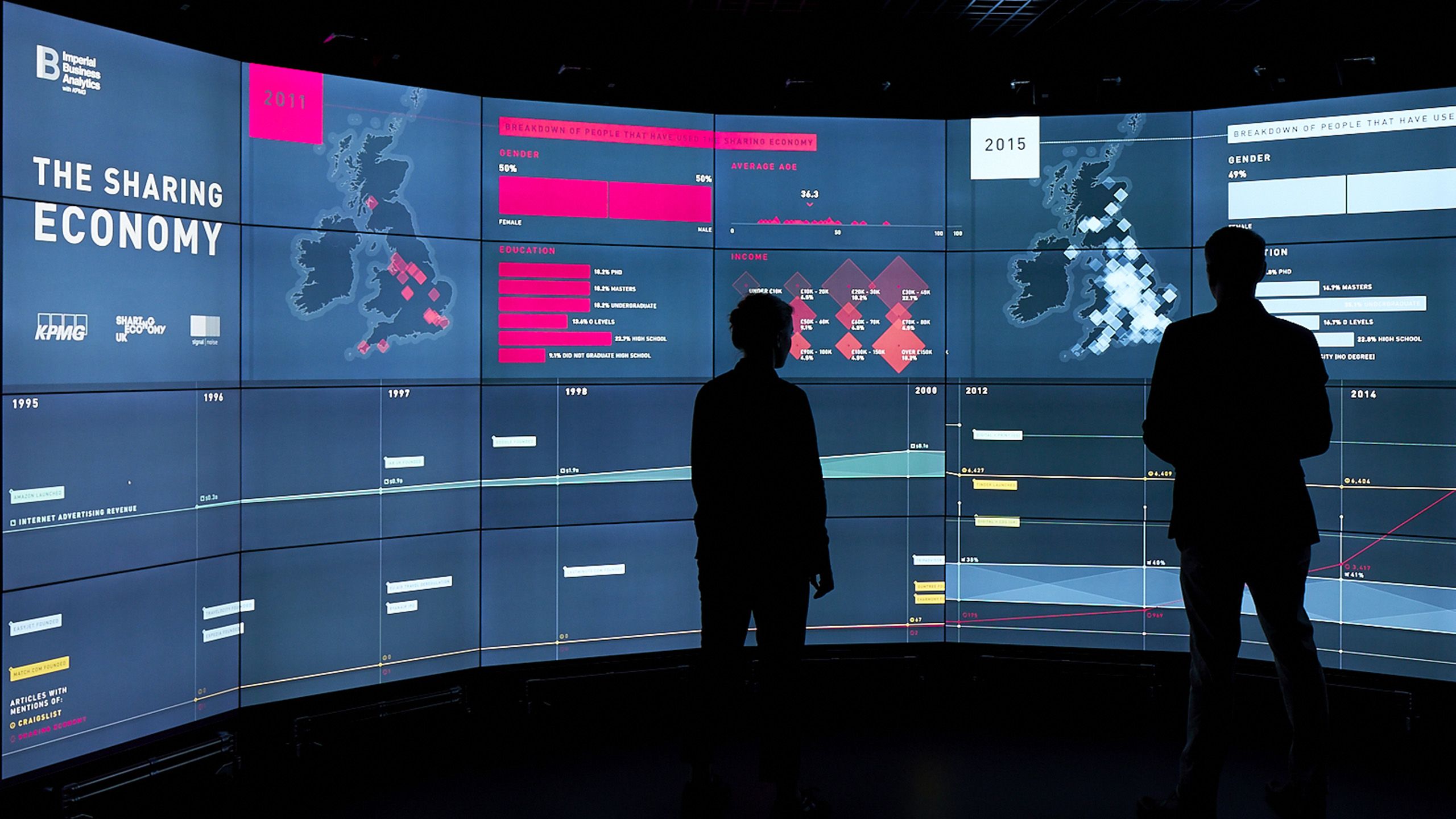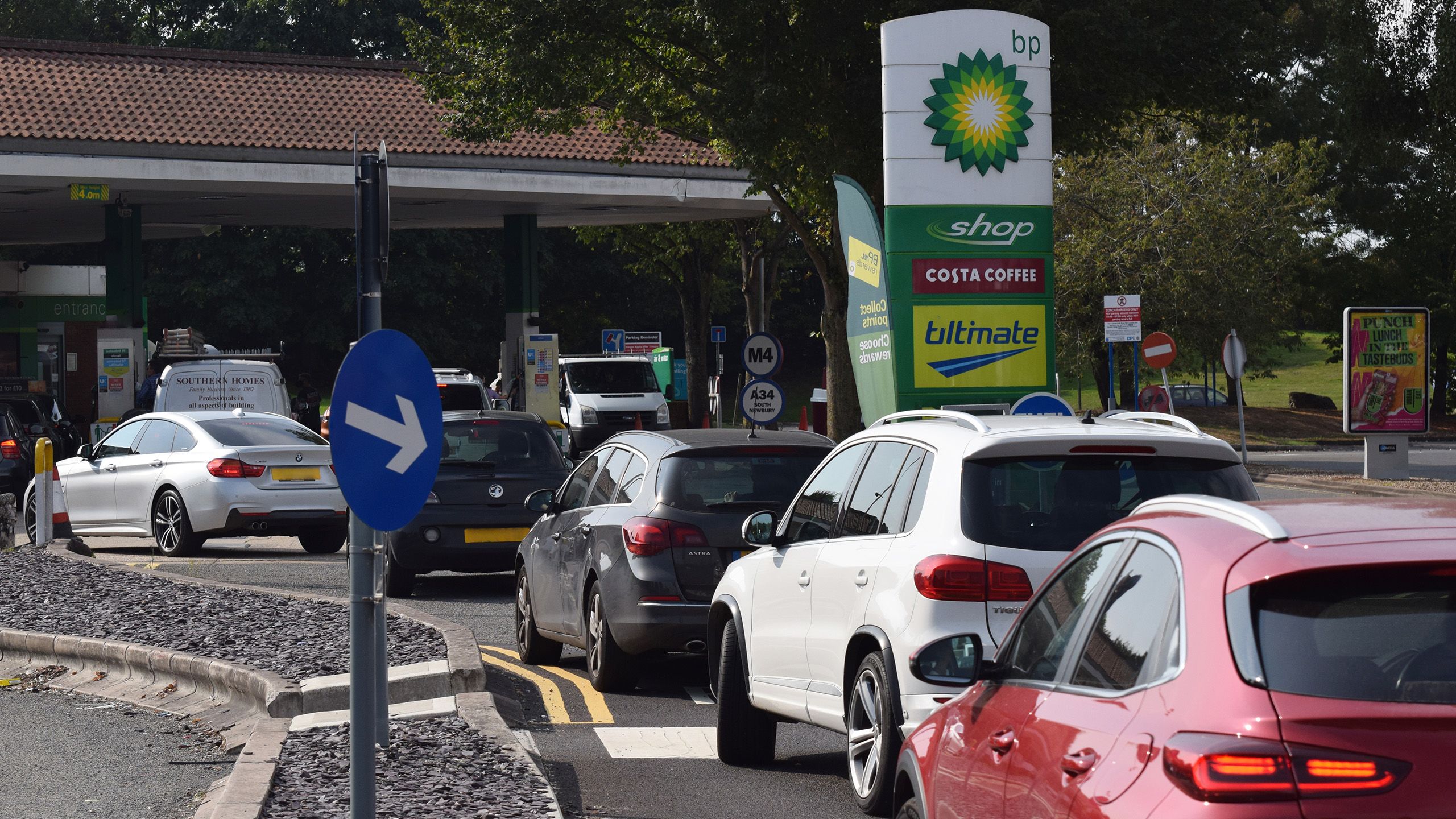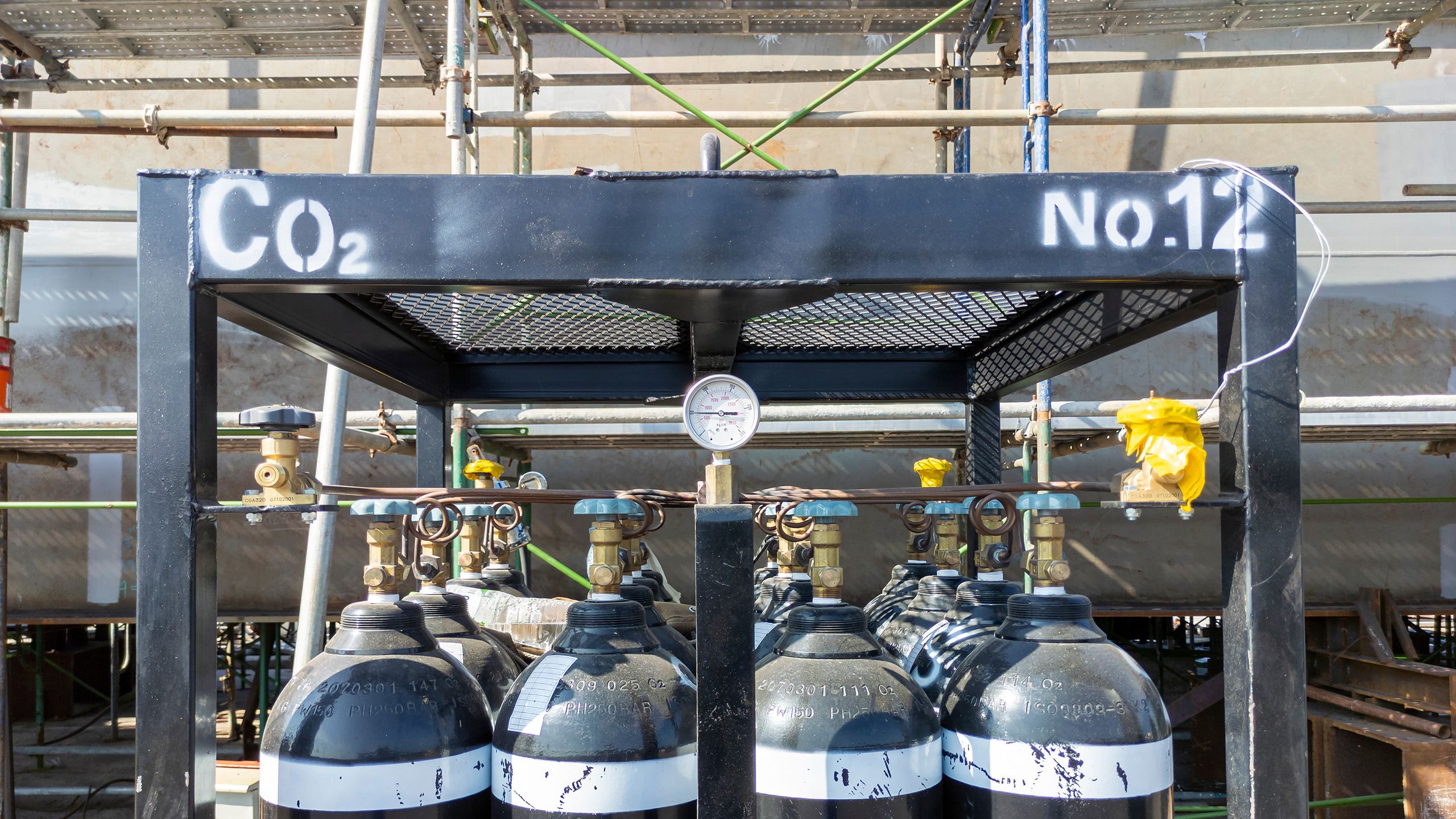The impact of the global supply chain crisis
With global supply chains in crisis, our experts reflect on significant moments since the pandemic began and discuss impacts on the festive period.

Global supply chains are complex, and so is the story of how they’ve been disrupted. Often spanning several continents, we rely on these networks to supply goods and services across the world.
Professor Edward Anderson, Professor of Analytics and Operations Management at Imperial College Business School, said: “We have become so used to global supply chains that we barely think about them. But almost every product we consume arrives on our doorstep courtesy of a global network of firms each feeding their components into the finished product. And it is when things go wrong that we sit up and take notice.”
According to the Chartered Institute of Procurement & Supply (CIPS), global supply chains are “networks that can span across multiple continents and countries for the purpose of sourcing and supplying goods and services. Global supply chains involve the flow of information, processes and resources across the globe.”
The COVID-19 pandemic presented unprecedented challenges to global supply chains. Lockdowns, self-isolation orders and travel uncertainty caused disruption to virtually every part of the economy. Demand for certain goods was greatly diminished, but for others surged. As global supply chains struggled to adapt, shortages in critical medical equipment, consumer electronics, cars and other goods were seen across the world.
In 2021, vaccines for COVID-19 became widely available in wealthier countries such as the UK, but many parts of the world struggled to access jabs. As economies began to reopen and consumer demand began to return to pre-pandemic patterns, global production struggled to meet it. The six-day blockage of the Suez Canal – a vital trade route for goods from Asia and the Middle East to Europe – added immense further strain.
We have become so used to global supply chains that we barely think about them. It is when things go wrong that we sit up and take notice.
The UK perspective

In the UK, supply chain issues have stemmed from global shortages of materials, staff shortages and transport delays, occurring simultaneously with sharp spikes in demand.
One way this manifested was in a fuel crisis. On 23 September, energy company BP warned it would have to temporarily close a number of its petrol stations due to a lack of drivers. This led to long queues building outside petrol stations across Britain amid fears that fuel may run out.
Oil companies stressed that while there was plenty of petrol available, the issue was not enough drivers to deliver it to forecourts. A survey by the Road Haulage Association estimated that there is a shortage of more than 100,000 qualified HGV drivers in the UK – due to a combination of the pandemic, Brexit and other factors.
Professor Anderson added: “By October we were beginning to hear more and more about a shortage of HGV drivers, with goods being left at ports because there weren’t the lorries available to move them. The shortage of drivers is not primarily about Brexit, in fact the problems are occurring throughout Europe and the US, and are primarily due to HGV drivers leaving the industry because of poor pay and working conditions.”
Unexpected problems

Problems can spread through global supply chains in unexpected ways, Professor Anderson explained.
In September, there was a global shortage of food-grade carbon dioxide, used in carbonated drinks and for packaging food.
Professor Anderson said: “The main source of carbon dioxide that can be used for example to make dry ice, is as a by-product from the manufacture of ammonia for fertiliser. The fertiliser manufacturing process uses gas (methane) as an input, so high gas prices in Europe led to the temporary closure of two fertiliser plants, which suddenly led to the carbon dioxide shortage.”
A “perfect storm”

With the festive period approaching, many consumers are worried about how supply will keep up with demand.
Professor Anderson says: “The seasonality of demand – and the extraordinary concentration of retail sales in the lead up to Christmas – is no new thing. The supply chains we rely on are already geared up for this.
“The toys we will buy this Christmas have production runs in China timed to allow their shipment to arrive in our shops in December. Sometimes there are shortages: after all who can be exactly sure of this year’s top selling toy. But it is the unpredictability of demand rather than the Christmas rush that causes this.”
It appears we are indeed facing a “perfect storm” this festive season
Professor Wolfram Wiesemann, Professor of Analytics and Operations at Imperial College Business School adds: “It appears we are indeed facing a “perfect storm” this festive season: We continue to face a significant shortage of raw materials such as computer chips and construction materials, while at the same time the rapid spread of new COVID variants slows down both the production and the transport of intermediate and final products. This is particularly devastating for many companies as we are entering one of the most important sales seasons in the year.”
What can we learn from this crisis?

With experts warning that the global supply chain crisis could last another two years, and with the impact of the Omicron variant on the economy still unknown, what can be learned from the crisis so far?
Managing risk
Professor Anderson said: “Firstly, the move to increased efficiency by looking at sourcing from the cheapest place across the globe will always increase risk – both through longer transport connections and increased concentration of production. But perhaps this is a trade-off we are prepared to make. Second, as in all walks of life, the most damaging risks occur through the unexpected. We can never eliminate supply chain risk. And increasing geo-political uncertainty inevitably increases those risks.”
Ad hoc adjustments
Professor Kalyan Talluri, Professor of Operations Management at Imperial College Business School added: “Modern supply chains are driven by efficiency and keep very low inventories by design. They work extraordinarily well when demand is predictable but are just not designed – nor I think they ever will be – for a global pandemic."
He added: "We may just have to live through the shortages and make ad hoc adjustments to the supply chains."
A drive to sustainable production
Professor Wiesemann added that the current crisis will put further pressure on companies to bring production closer to home. “Since in many cases, this means moving production from low-cost countries to high-cost countries, there will be pressure to innovate so as to keep costs low, for example by further digitalisation and automation. We will also see a drive towards a more sustainable production, given the stricter environmental standards in the US as well as many European countries."
Preparing future leaders
For students at Imperial College Business School learning through a pandemic, not only have they seen shifts to multi-mode teaching, but they are also being prepared to deal with global crises as future leaders.
Leila Guerra, Vice Dean (Education), says: “We are redefining our approach to global management education, with an ever stronger focus on sustainability, diversity and inclusion. The threats and opportunities to global supply chains are not only external. Gen Z and newer generations are rightly demanding a new, more sustainable model that requires us to innovate and rethink the models in place. This is reflected in our academic content, research, and immersive experiences.
“We prepare students for the challenges they will face as future leaders, including a new leadership framework to respond to future global disruptions and have a deeper understanding of sustainable progress.”